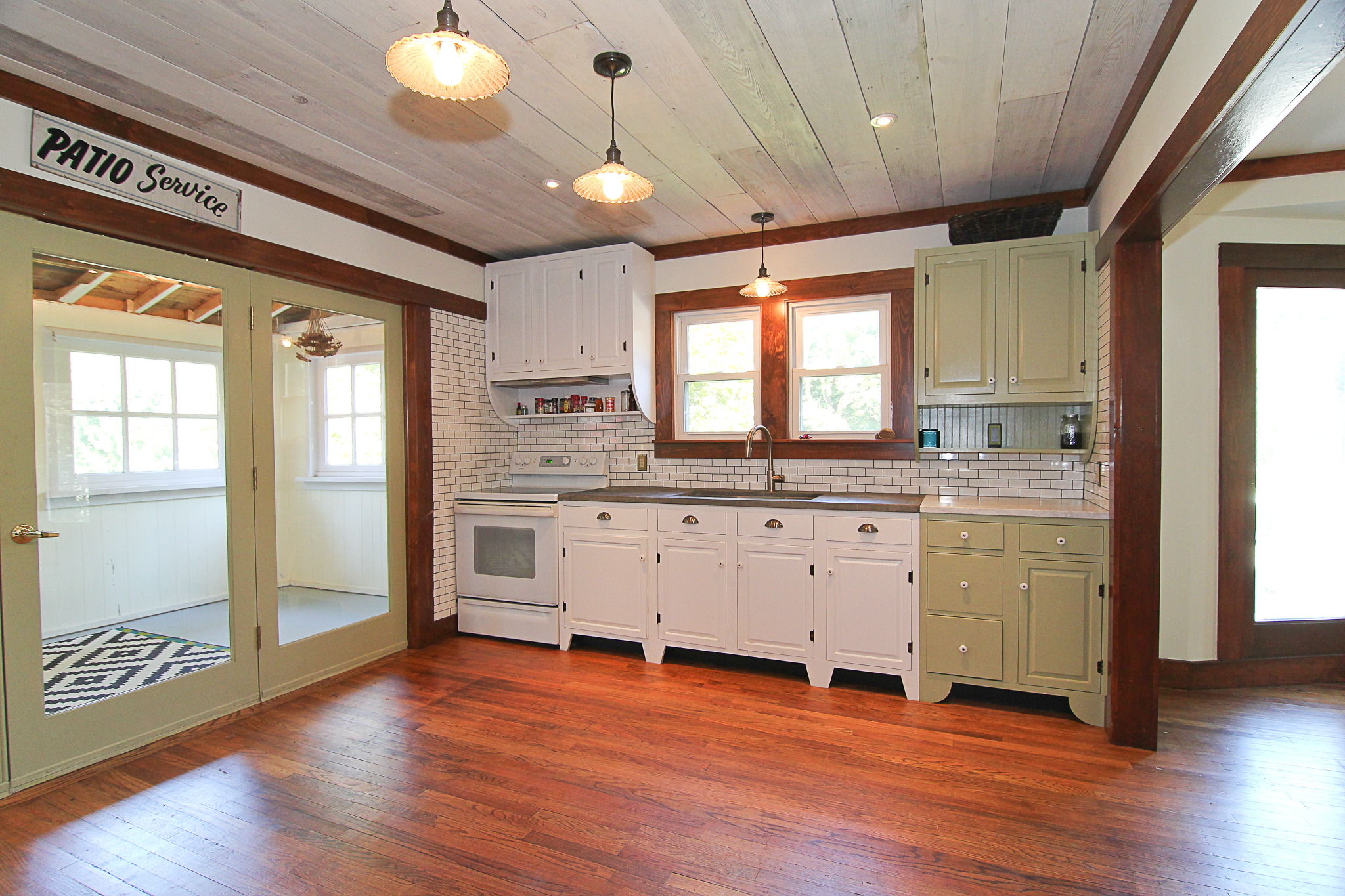Philadelphia Home Show Upcycle Challenge
Whose ready for summer?
Philadelphia Home Show Upcycle Challenge
Read moreGreen Remodeling: 7 Eco Friendly Tips to Renovate Sustainably
Does this kitchen look new? Airy Kitchens painted existing cabinets, refinished existing floors, used reclaimed wood for molding and ceilings, and purchased the glass doors at a salvage shop.


